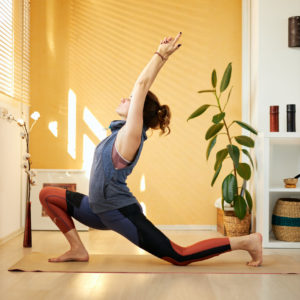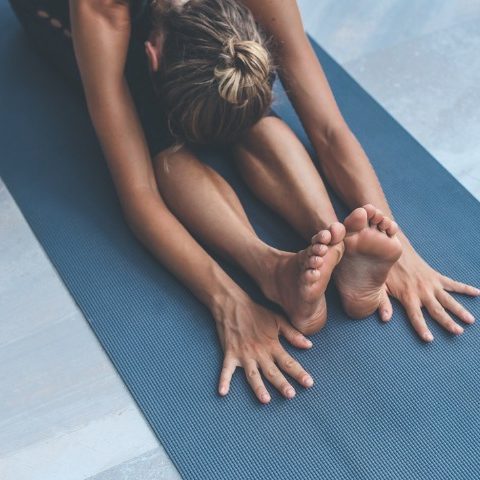Excellent planning starts with excellent health
Planning events takes the stamina of a racehorse and the mental quickness of a fox. You can’t plan events if your health is a mess. If you neglect your health, not only will it suffer but so will your work life. No matter how you do it, there are substantial benefits to raising your heart rate through some form of activity, including lowering your risk of heart attack, stroke and heart disease.
Exercising comes with cognitive rewards as well, including improvements in memory and the ability to focus your attention for longer periods of time. Better sleep and mood are also benefits.
In short, taking care of the event starts with taking care of yourself.
Stretch
 Much of the time you’re not physically at events (which are pretty much nonexistent, lately) is likely spent sitting down. Event planning typically means sitting for hours on end, which takes a toll on the body.
Much of the time you’re not physically at events (which are pretty much nonexistent, lately) is likely spent sitting down. Event planning typically means sitting for hours on end, which takes a toll on the body.
Stiff muscles—tight hip flexors are a common result of sitting for a long time—come with a world of bodily issues, including poor posture, back pain, a loss of range of limb motion and muscle soreness. Daily five- to 10-minute breaks of light stretching for every hour at the desk is what experts recommend. Areas with more tightness may need stretching out more often.
Bodyweight Exercises
Resistance training not only builds muscle, but it also increases bone density, makes you stronger and allows you to eat more without gaining fat, as muscle burns more calories than fat, even while sedentary.
Major benefits of body exercising are that equipment is not needed, and it can be done anywhere. The Department of Health and Human Services recommends at least two resistance training days per week; to progress, you’ll need to increase the amount of training time. You don’t need a gym. Pushups, sit-ups, lunges and squats are just the beginning of what can be done with bodyweight exercise alone.
Go for a Brisk Walk
In 2018, a scientific report by the federal Physical Activity Guidelines Advisory Committee noted that walking is the most popular form of aerobic activity and has one of the lowest injury rates of any exercise.
Not all activity needs to be intense, and even a light walk can benefit you greatly. The Department of Health and Human Services recommends at least 150 minutes of moderate aerobic activity a week. The rewards of incorporating walking into your lifestyle include weight loss, muscle strengthening, sleep improvement and joint support.
A study by Stanford researchers also found that walking can boost creativity by 60 percent.
Cycling
If you prefer not to walk, cycling has many of the same benefits as walking and its low-impact nature causes less strain and is easier on the knees than jogging; it also allows you to cover more territory in a shorter time, for combining exercise with an errand, for example. Cycling is also a great way to tone muscles—particularly the glutes, hamstrings, quads and calves.
And as cycling can burn between 400 to 1,000 calories per hour, you can eat more while maintaining your weight.




